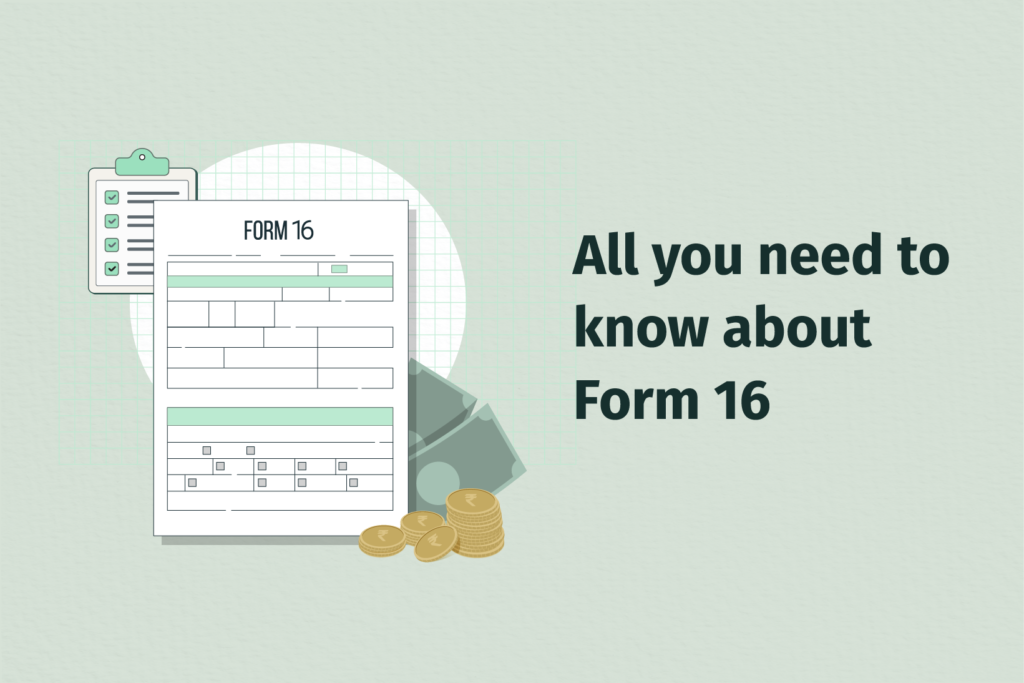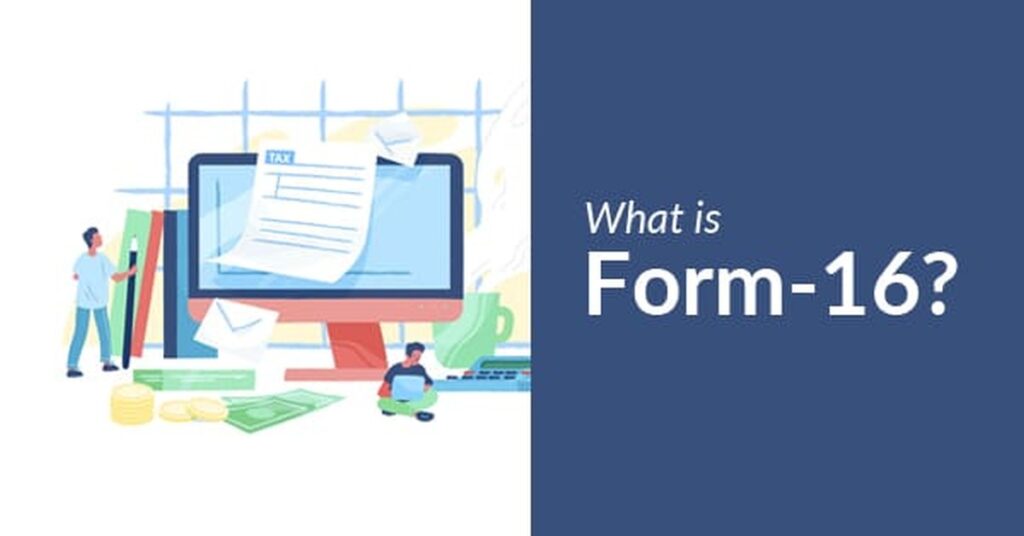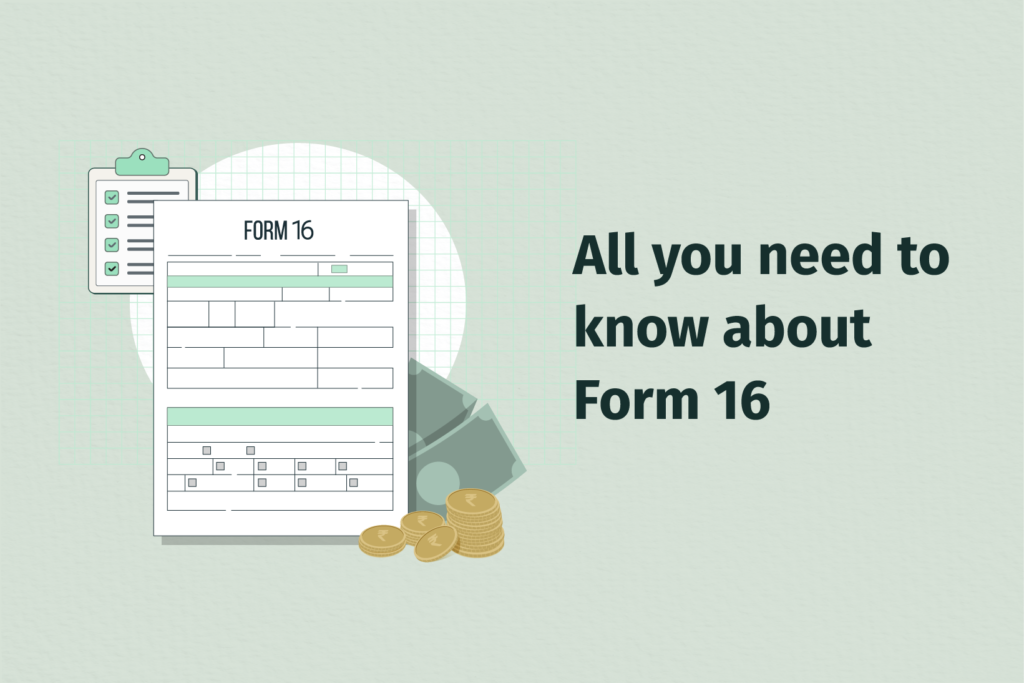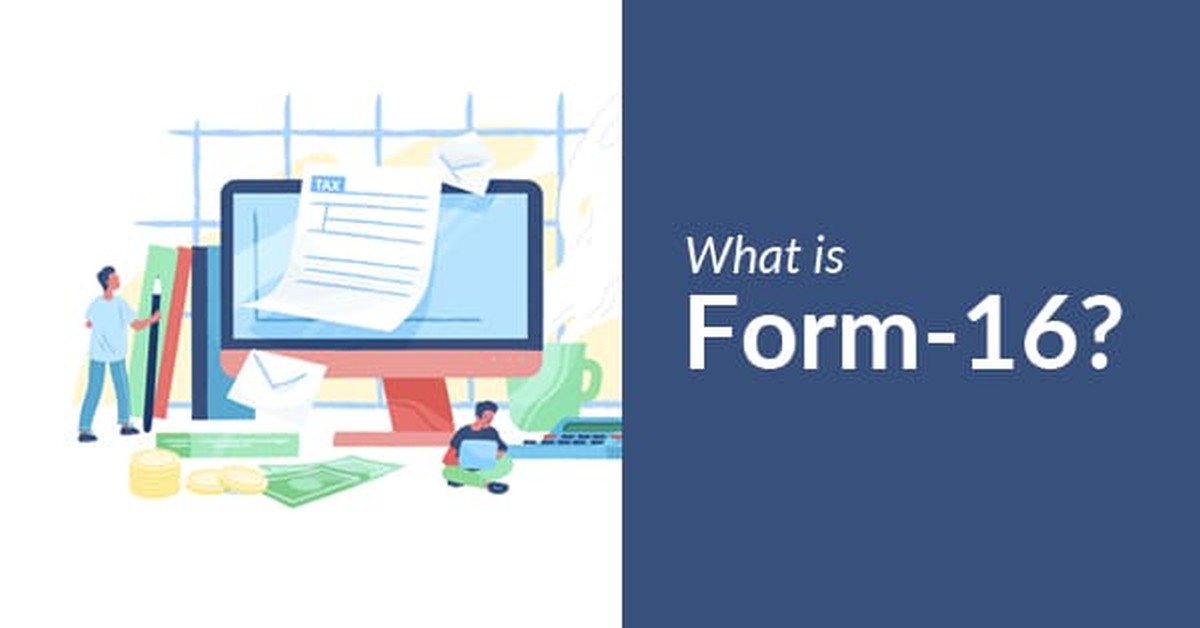Form 16 vs Form 16A FY 2024-25: Key Differences You Must Know Before Filing ITR

As the Income Tax Return (ITR) filing season for FY 2024-25 kicks off, salaried professionals, freelancers, and business owners are busy gathering essential documents. Among these, Form 16 and Form 16A are critical for accurately reporting income and claiming deductions.
Despite sounding similar, these forms serve different purposes, apply to different taxpayer categories, and contain different types of tax deduction details. Understanding the distinction is crucial for smooth and error-free filing.
In this guide, we break down the key differences between Form 16 and Form 16A for FY 2024-25, who needs which form, and how each impacts your tax return.
📌 What Is Form 16?
Form 16 is a TDS (Tax Deducted at Source) certificate issued by an employer to a salaried employee.
Key Features of Form 16:
- Issued only to salaried employees
- Contains breakdown of salary, exemptions (like HRA, LTA), and deductions under Chapter VI-A (like 80C, 80D)
- Shows total TDS deducted and deposited by employer
- Includes PAN and TAN of both employee and employer
- Divided into Part A and Part B
Who Issues It?
Your employer is legally required to issue Form 16 by June 15 of the financial year following the relevant FY.
📌 What Is Form 16A?
Form 16A is also a TDS certificate, but it’s applicable for non-salary income.
Key Features of Form 16A:
- Issued for TDS deducted on interest income, commission, professional fees, contract payments, rent, etc.
- Used by freelancers, consultants, or individuals earning interest from FDs or bonds
- Issued quarterly
- Shows gross payment, TDS deducted, and TDS deposited with the government
Who Issues It?
Banks, companies, or clients deducting TDS on non-salary payments are responsible for issuing Form 16A.
✅ Form 16 vs Form 16A: Key Differences for FY 2024-25
| Criteria | Form 16 | Form 16A |
|---|---|---|
| Applicable To | Salaried employees | Non-salaried individuals, freelancers |
| Nature of Income | Salary income | Interest, commission, rent, fees, etc. |
| Issuer | Employer | Bank, client, business, or payer |
| Issuance Frequency | Annually (once a year) | Quarterly |
| Contains Salary Details? | Yes (detailed breakup) | No |
| Shows Chapter VI-A Deductions (80C, 80D)? | Yes | No |
| Form Format | Divided into Part A & B | Single format |
| PAN & TAN | Both employer & employee details | Both payer & payee details |
| Mandatory for ITR Filing | Yes, for salaried | Yes, if TDS on non-salary is deducted |
🧾 Why Are These Forms Important for Filing ITR in FY 2024-25?
For Salaried Individuals:
Form 16 acts as a primary document to file your ITR. It provides:
- Details of gross salary
- Exemptions claimed (HRA, LTA, etc.)
- Tax deducted by employer
- Final tax liability
For Freelancers, Consultants, or Investors:
Form 16A helps validate:
- TDS deducted by banks/clients
- Ensures no double taxation
- Helps claim TDS credit while filing return
If you’re a salaried person with FD interest, you may receive both Form 16 and Form 16A.
📥 How to Download Form 16 and 16A for FY 2024-25?
📌 Form 16:
- Issued by your employer directly via email or employee portal
- Not available on the Income Tax e-filing portal
📌 Form 16A:
- Downloaded from the TRACES portal (by deductor)
- Banks may send it quarterly via email
- You can view TDS entries in Form 26AS on the Income Tax portal

🔎 Form 26AS vs Form 16 vs Form 16A
To avoid confusion:
| Form | Purpose | Who Issues It | What It Contains |
|---|---|---|---|
| Form 16 | Salary TDS | Employer | Salary details + TDS |
| Form 16A | Non-salary TDS | Bank/client | Payment + TDS details |
| Form 26AS | Consolidated tax statement | Income Tax Department | All TDS entries + refunds |
Use Form 26AS to cross-verify Form 16 & Form 16A during ITR filing.
⚠️ Common Mistakes to Avoid in FY 2024-25
- Using only Form 16 – Don’t ignore Form 16A if you have bank FDs or consulting income
- Mismatch in PAN – TDS credit will not reflect if wrong PAN is quoted
- Ignoring quarterly Form 16A – You may miss claiming eligible TDS credits
- Not reconciling with Form 26AS – Leads to mismatch notices
📌 Pro Tip: Who Should Keep Both?
If you:
- Earn a salary AND
- Have interest income from FDs or savings AND
- Work as a consultant/freelancer on the side
🧠 FAQs: Form 16 vs Form 16A FY 2024-25
Q1. Can ITR be filed without Form 16?
Yes, but it’s harder. You must use salary slips, bank statements, and Form 26AS.
Q2. What if I received freelance income but didn’t get Form 16A?
Ask your client to issue it. If they deducted TDS, it’s their obligation.
Q3. Do pensioners receive Form 16 or 16A?
Depends on how the pension is disbursed. Bank-issued pensioners may receive Form 16A.
Q4. Can salaried individuals receive Form 16A too?
Yes, for any non-salary income like interest or rental income where TDS was deducted.





